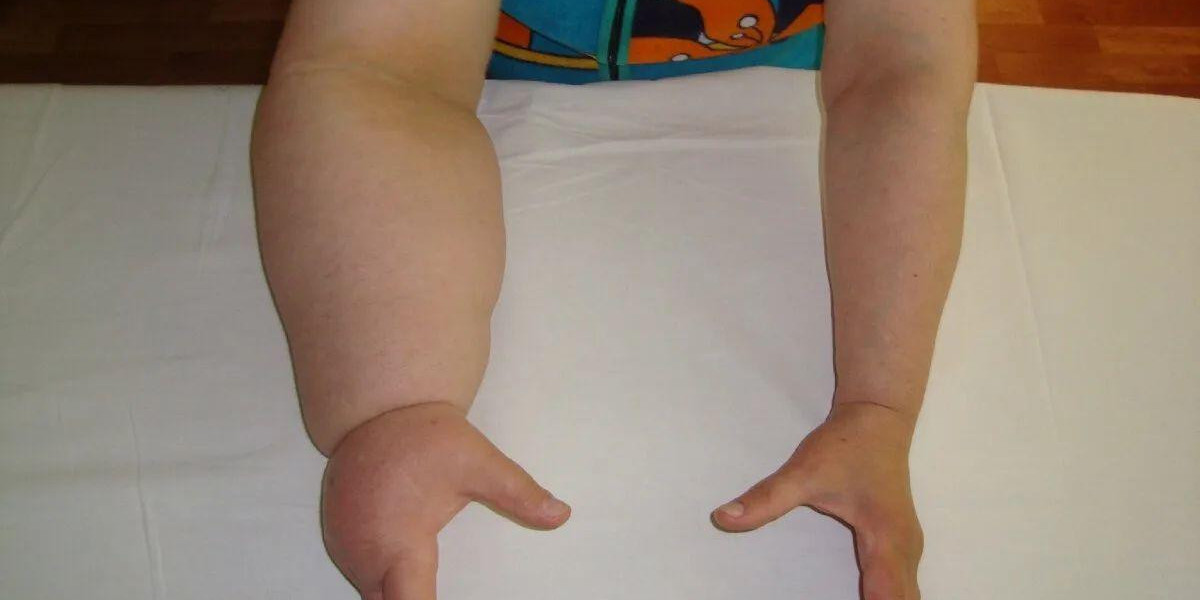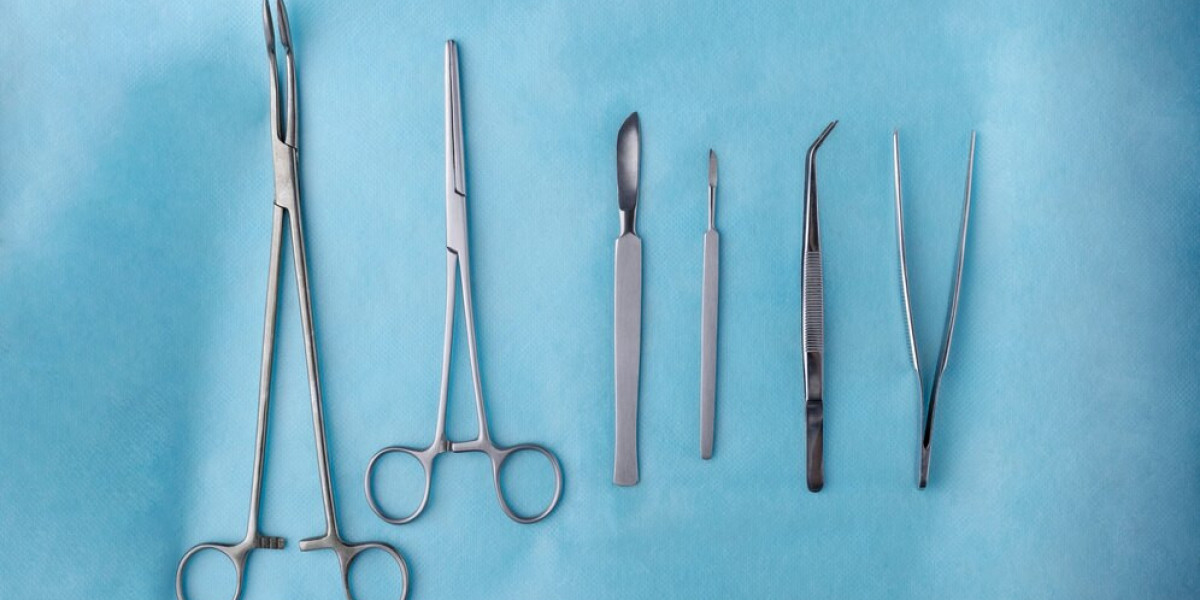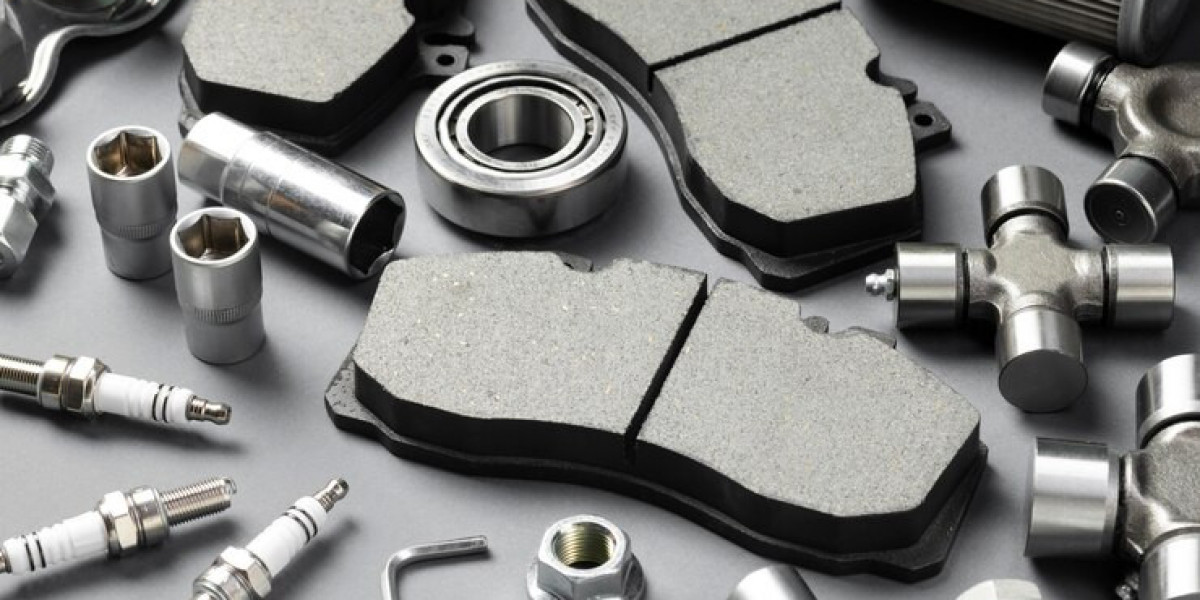Peripheral vascular disease (PVD) and lymphoedema are two common yet often misunderstood vascular conditions. These diseases affect the circulatory system, leading to discomfort, pain, and long-term health issues. At the Vascular & Interventional Centre, we understand the importance of early diagnosis and effective treatment. This article will dive into both conditions, shedding light on their causes, symptoms, and potential treatment options, ensuring you have the knowledge to take proactive steps toward better vascular health.
What is Peripheral Vascular Disease (PVD)?
Peripheral vascular disease (PVD), also known as peripheral artery disease (PAD), refers to the narrowing or blockage of blood vessels outside the heart and brain, typically in the legs. This condition occurs when fatty deposits or plaque accumulate in the arteries, restricting blood flow. As a result, the tissues in the affected areas may not receive enough oxygen and nutrients, leading to pain, discomfort, and potential tissue damage.
Causes and Risk Factors
Several factors can contribute to the development of PVD, including:
Atherosclerosis: The buildup of fatty deposits in the arteries.
Smoking: Smoking accelerates the development of plaque in the arteries.
Diabetes: High blood sugar levels can damage the blood vessels.
High blood pressure: Over time, hypertension can weaken the arterial walls.
High cholesterol: Elevated cholesterol levels can contribute to plaque buildup.
Symptoms of Peripheral Vascular Disease
The symptoms of PVD can vary depending on the severity of the condition. Common signs include:
Leg pain or cramping: Often occurring during physical activity and subsiding with rest.
Cold feet or legs: Insufficient blood flow can lead to temperature changes.
Numbness or weakness: Reduced circulation can cause feelings of weakness or numbness.
Slow-healing wounds: Without proper blood supply, cuts and sores may take longer to heal.
Understanding Lymphoedema: What Is It?
Lymphoedema is a condition characterized by the abnormal buildup of lymph fluid in the tissues, causing swelling, most commonly in the arms or legs. The lymphatic system, which is responsible for filtering lymph fluid and returning it to the bloodstream, can become damaged or obstructed, leading to fluid retention and swelling. This condition can be either primary (genetic) or secondary (caused by injury, infection, or surgery).
Causes and Risk Factors
Lymphoedema can develop for several reasons, including:
Surgery or radiation treatment: These can damage or remove lymph nodes, impairing the drainage of lymph fluid.
Infection: Infections can block or damage the lymphatic system.
Obesity: Excess weight can contribute to fluid retention.
Congenital conditions: Some individuals are born with lymphatic system malfunctions.
Symptoms of Lymphoedema
The primary symptom of lymphoedema is swelling in one or more parts of the body. Other signs may include:
Tight or stretched skin: The affected area may feel tight or stretched.
Discomfort or pain: Swelling can cause a dull ache or heaviness.
Frequent infections: The swollen area is more prone to infections due to compromised fluid flow.
The Connection Between Peripheral Vascular Disease and Lymphoedema
While PVD and lymphoedema are distinct conditions, they share some common underlying mechanisms related to poor circulation. When blood flow is impaired due to PVD, it can result in secondary complications such as lymphatic fluid buildup, leading to lymphoedema. Similarly, individuals with lymphoedema may be at higher risk of developing PVD due to the reduced efficiency of their circulatory systems. Recognizing and addressing both conditions together is essential for comprehensive patient care.
Treatment Options for Peripheral Vascular Disease and Lymphoedema
Treatment for Peripheral Vascular Disease
The treatment of PVD aims to improve blood flow, reduce symptoms, and prevent complications. Some common treatment options include:
Lifestyle changes: Quitting smoking, managing diabetes, eating a heart-healthy diet, and exercising regularly can help manage PVD.
Medications: Blood thinners or cholesterol-lowering drugs may be prescribed to prevent plaque buildup.
Endovascular treatments: Minimally invasive procedures such as angioplasty or stenting can open blocked arteries.
Surgery: In severe cases, bypass surgery may be required to restore blood flow.
Treatment for Lymphoedema
Lymphoedema treatment focuses on reducing swelling and improving lymphatic drainage. Options include:
Compression garments: These garments apply pressure to the affected area, helping to move fluid out of the tissue.
Manual lymphatic drainage: A type of massage that encourages lymph fluid movement.
Exercise: Gentle exercises can improve lymphatic circulation and reduce swelling.
Skin care: Proper skin care is essential to prevent infections, as the skin in swollen areas can become vulnerable.
Surgery: In some cases, surgical intervention may be required to remove excess tissue or improve lymphatic drainage.
Prevention and Proactive Management
Both PVD and lymphoedema can be managed effectively with early detection and proactive care. Maintaining a healthy lifestyle, managing chronic conditions, and seeking medical advice at the first sign of symptoms are crucial steps in preventing these conditions from worsening. Regular checkups with vascular specialists and therapists trained in lymphoedema management can help identify issues early and create tailored treatment plans.
Conclusion: A Call to Action for Better Vascular Health
Peripheral vascular disease and lymphoedema are serious conditions that can severely impact quality of life if left untreated. However, advancements in medical care and intervention provide hope for those affected. At the Vascular & Interventional Centre, our team of specialists is dedicated to providing comprehensive care, from early diagnosis to cutting-edge treatment options. It is essential to understand the connection between these vascular conditions and take action as soon as symptoms arise. By prioritizing vascular health, we can empower individuals to live more comfortable, active, and healthy lives.










